
The Cosmic Explorers
By monika sachdev

02 Jun, 2024

The teacher started the class, 'Today we will learn about our cosmic address, the solar system! It is home to us and other planets.'

'The solar system was formed about 4.6 billion years ago,' the teacher continued, 'From a giant cloud of gas and dust, our Sun, planets, and moons were born.'

'The Sun is the center of our solar system, a mighty star that provides us with light and warmth,' the teacher explained, 'Without it, life on Earth would not exist.'
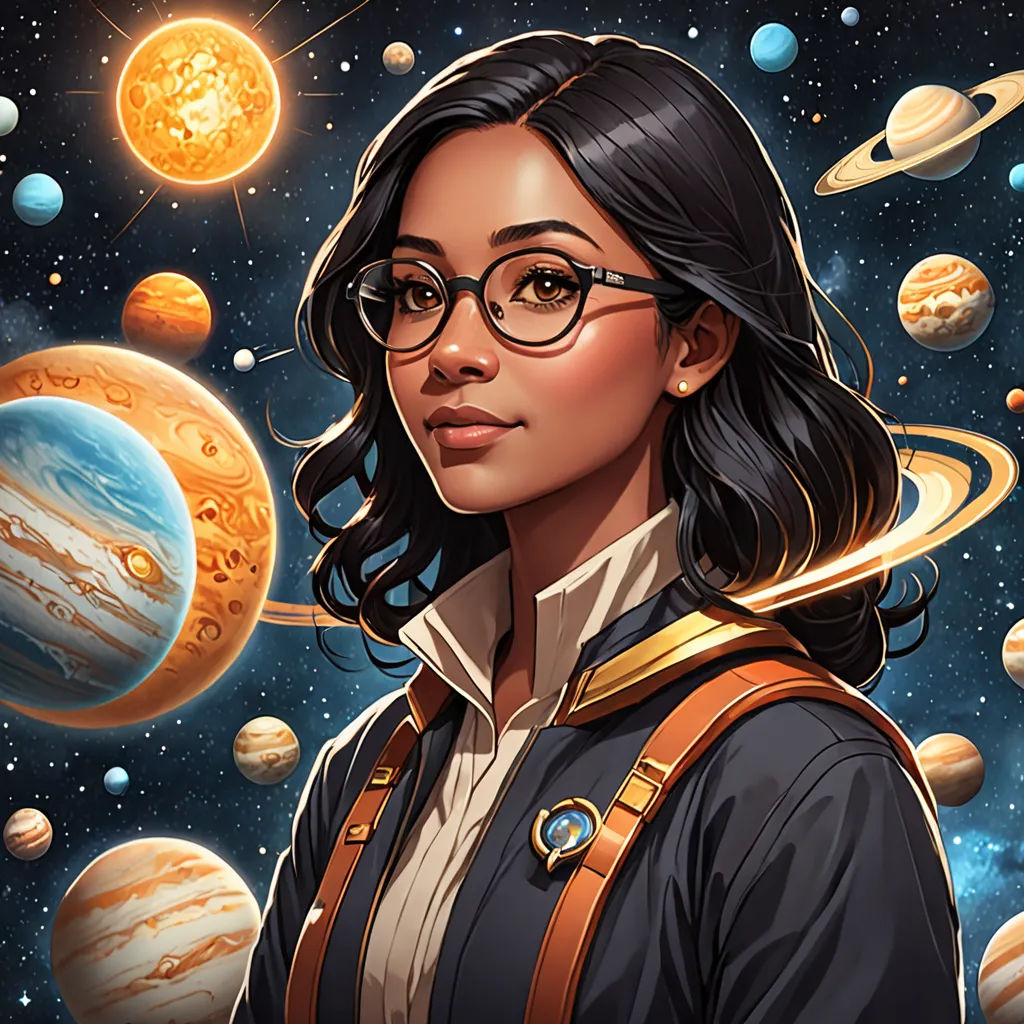
She further added, 'Each planet in our solar system has unique characteristics. From Mercury's blistering heat to Neptune's frigid winds, each one is different and fascinating.'

'Mercury, the closest planet to the Sun, experiences temperatures up to 800 degrees during the day,' the teacher explained. 'However, at night, the temperature can drop to -290 degrees.'
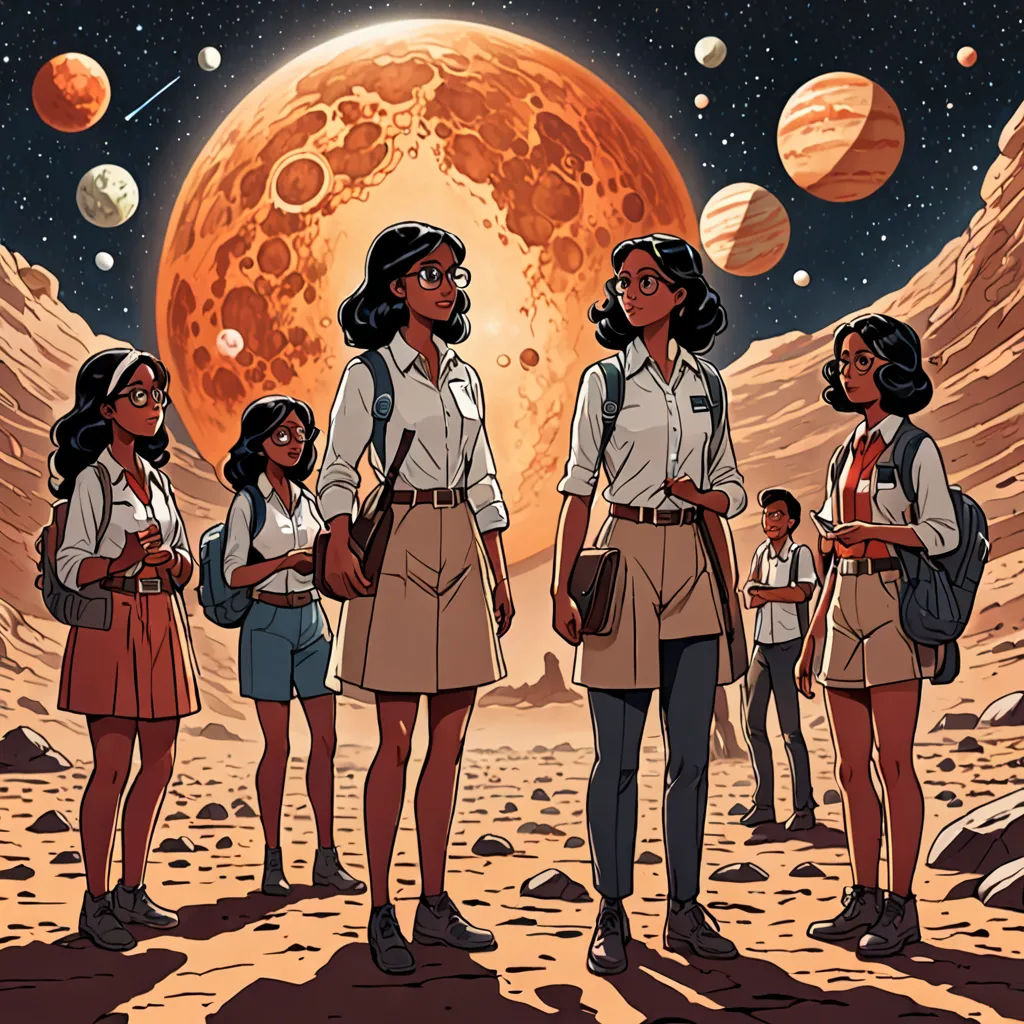
Next, they explored Venus, Earth, and Mars. 'Each planet is unique,' the teacher said, 'From Earth's life-supporting conditions to Mars's red, dusty surface.'
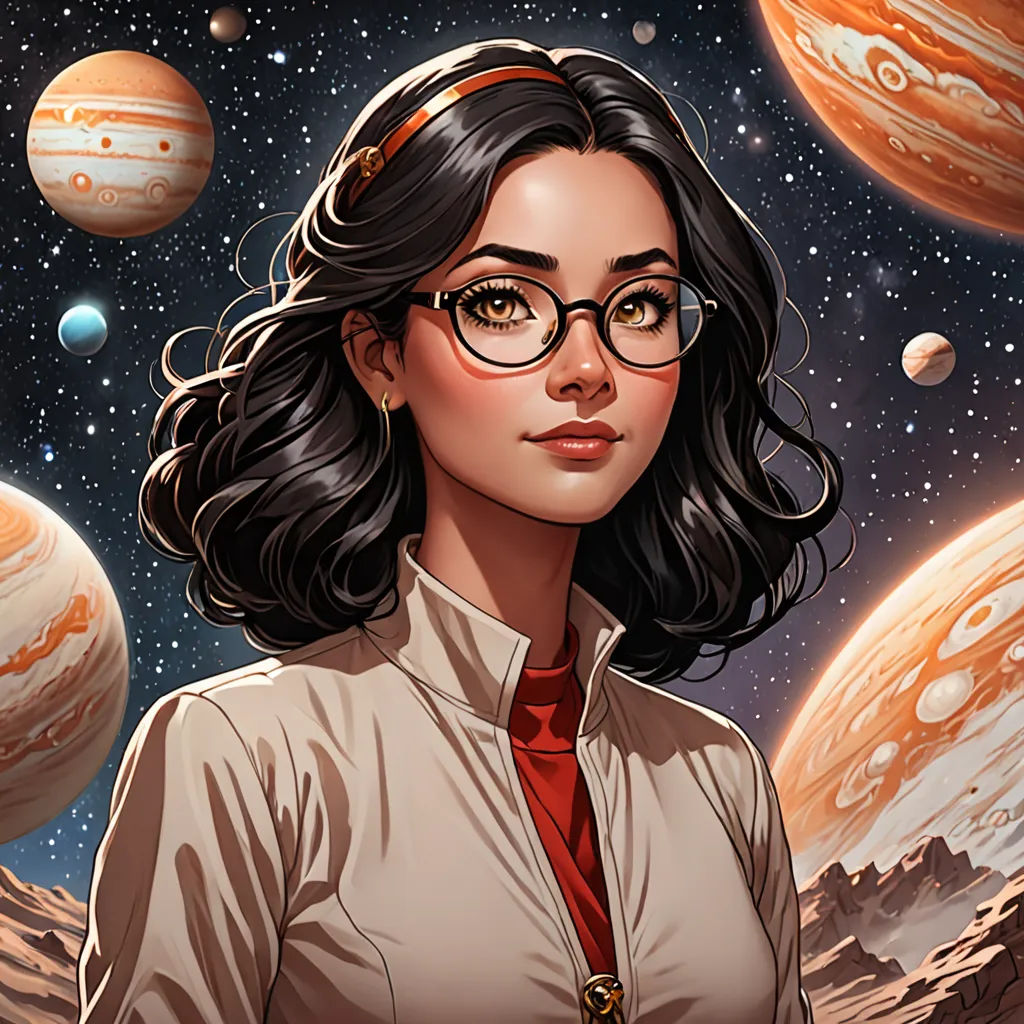
'Jupiter, the largest planet in our solar system, is famous for its Great Red Spot, a storm larger than Earth,' the teacher described. 'Its 79 moons are also a subject of fascination.'
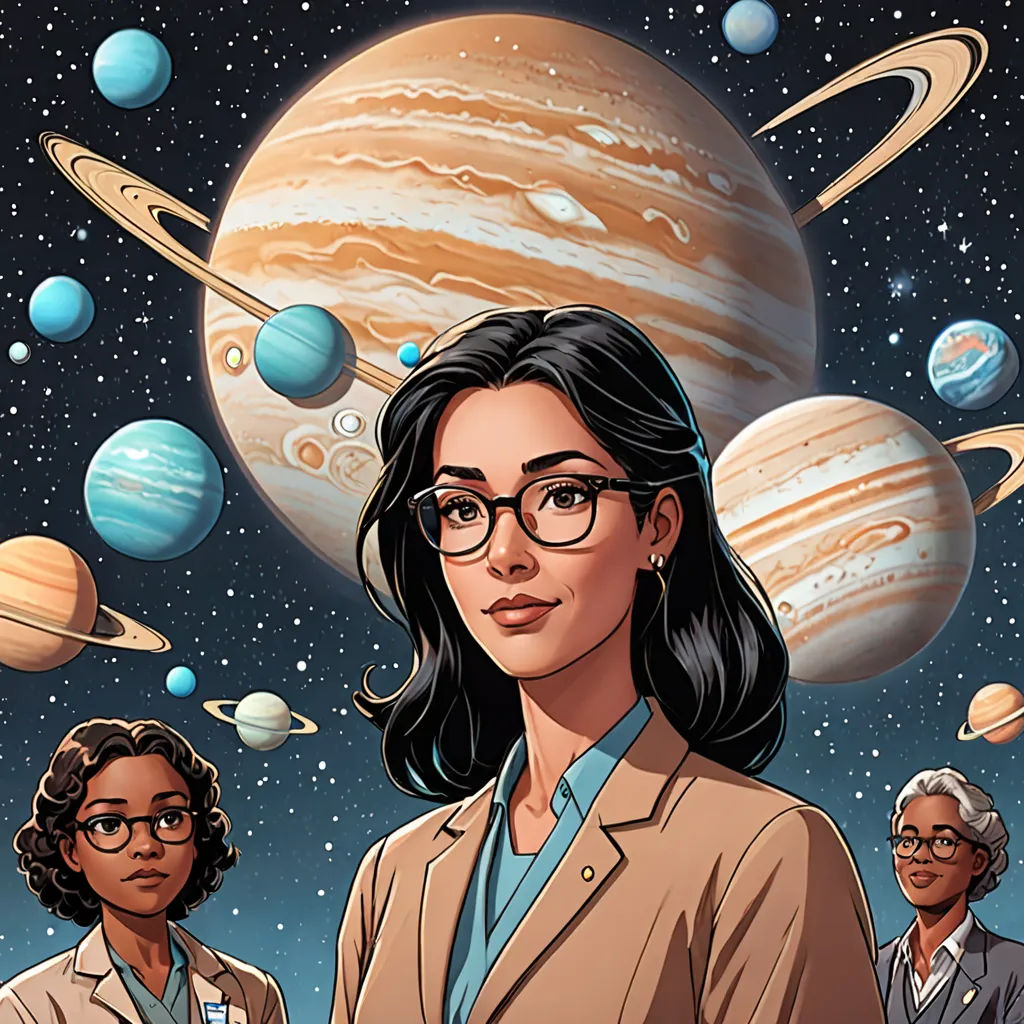
Their journey continued through Saturn, Uranus, and Neptune. 'Saturn's beautiful rings, Uranus's sideways tilt, and Neptune's strong winds make these planets unique,' the teacher explained.

'The solar system is our cosmic address, a wonderland filled with fascinating celestial bodies,' the teacher concluded. 'Each planet, moon, and star has a story to tell.'
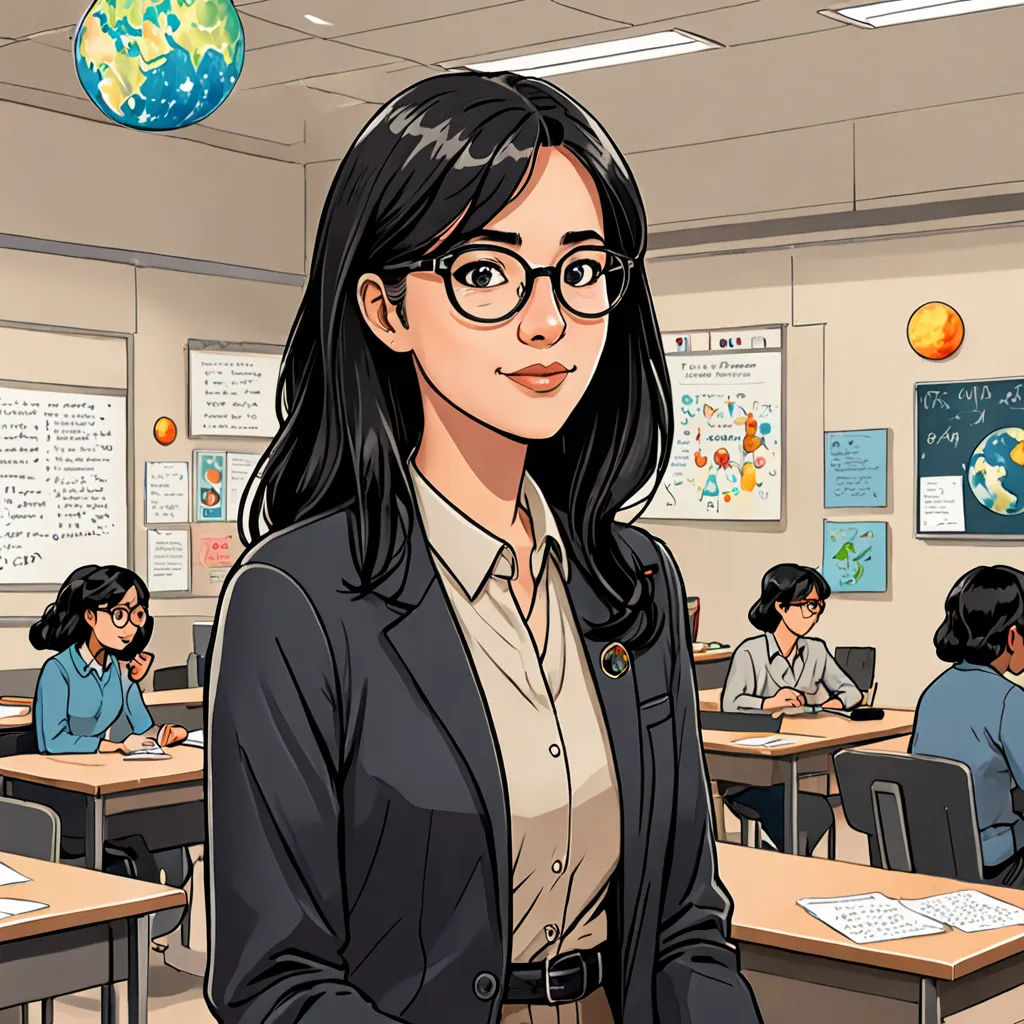
She continued, 'Remember, we are just tiny specks in this vast universe. There is so much more to explore and understand. Never stop being curious.'

As the class ended, the young space enthusiasts were filled with awe and wonder. They looked forward to more classes and learning about the universe.

With stars in their eyes and dreams in their hearts, the young explorers left the class, carrying the vastness of the universe within their minds.